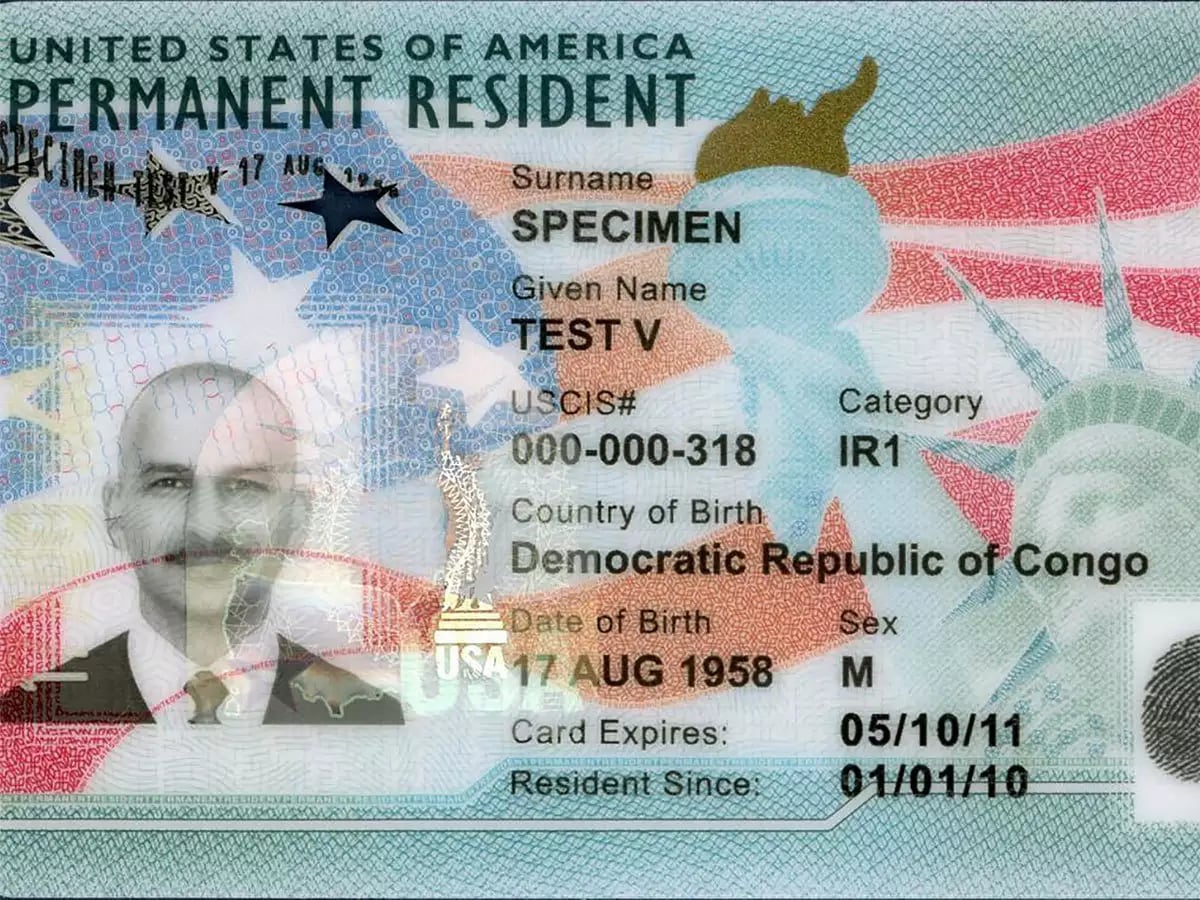
The Immigration Act of 1990
The Immigration Act of 1990 was the first significant revision to US immigration policy since 1965. It emphasized admissions for skilled workers via the H-1B visa program, encouraged immigration from underrepresented countries, and increased the annual immigration cap, resulting in an unprecedented increase in the immigrant population.
The Immigration Act of 1990 increased the number and diversity of people who could legally immigrate to the US, ultimately helping to permit the entry of 20 million people over the next 20 years, the most ever recorded in any 20 year period in the nation’s history. Several important changes were included in this law: an increase in the immigration cap, the introduction of the H-1B skilled worker visa program, and the creation of a diversity lottery system and temporary protective status.
The 1990 Act increased the annual immigration cap to 700,000 people for three years, and 675,000 thereafter. It also sought to change the preference system so that it could better meet the future needs of the US economy. For example, it established the H-1B skilled worker visa program, which allows employers to hire skilled workers and bring them into the country on a temporary basis. It also introduced a diversity lottery system to encourage immigration from underrepresented countries. Finally, the act created the Temporary Protective Status to shield immigrants from deportation to countries facing natural disasters, armed conflicts, or other extraordinary conditions. The Temporary Protective Status can be invoked or revoked by the Secretary of Homeland Security and is not subject to judicial review.

